Landscaping and Biodiversity: The right tree in the right place
Cities grow all over the world. In 2017, more than 50% of the world’s population first lived in cities and it is estimated that by 2050 the percentage will have increased to 70%. Under this circumstance, it is the developing countries that will face the greatest challenges, as 90% of urban growth will be located in them.
Mexico will grow from 384 to 961 cities by 2030 and must face not only the need to increase and improve service coverage, but also to reduce the social inequality that has historically prevailed in its urban landscapes.
In addition, climate change also makes it necessary to identify measures that provide resilience to cities, and in that sense, native biodiversity has been underestimated over time.
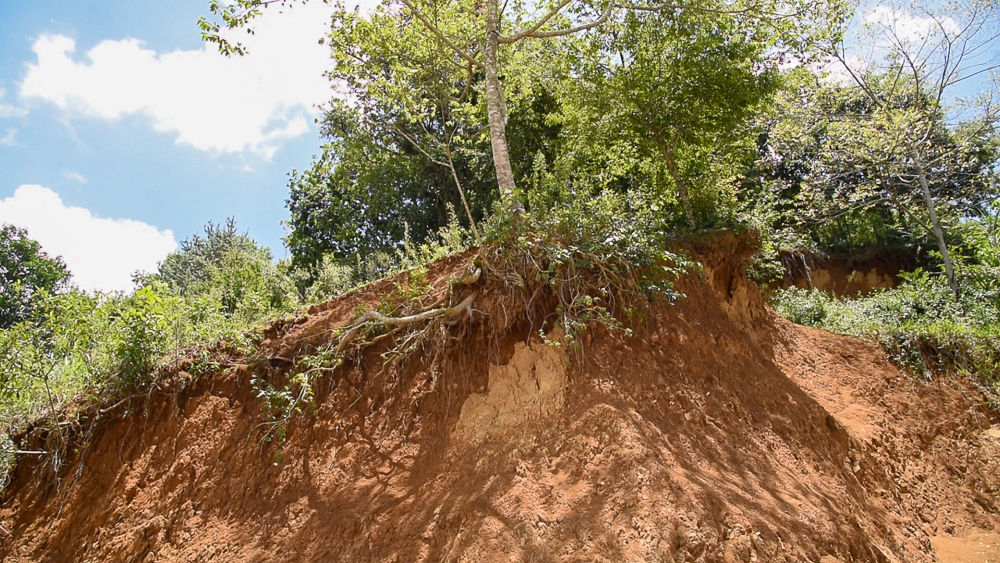
Landslide risk area
Photography: Gabriela Gutiérrez
During much of Mexican history we can observe the disconnect between the construction of cities and the original ecosystems in which they settled. From the colony, the city model was exported from Europe and a large number of exotic species came from the old continent; in the twentieth century, Miguel Ángel de Quevedo, a great promoter of urban reforestation, brought from France and England afforestation schemes whose main purpose was the sanitation of the cities, for which they used species foreign to Mexico but for which there was vast information available for their propagation.
We now know that exotic species do not necessarily contribute to urban improvement given their low adaptation to the sites where they are introduced. They favor the arrival of diseases and pests, they can absorb more water or soil resources, and since they change their patterns of reproduction and development to more aggressive ways of survival, native species are occasionally displaced; this eventually generates a strong imbalance in ecosystems.
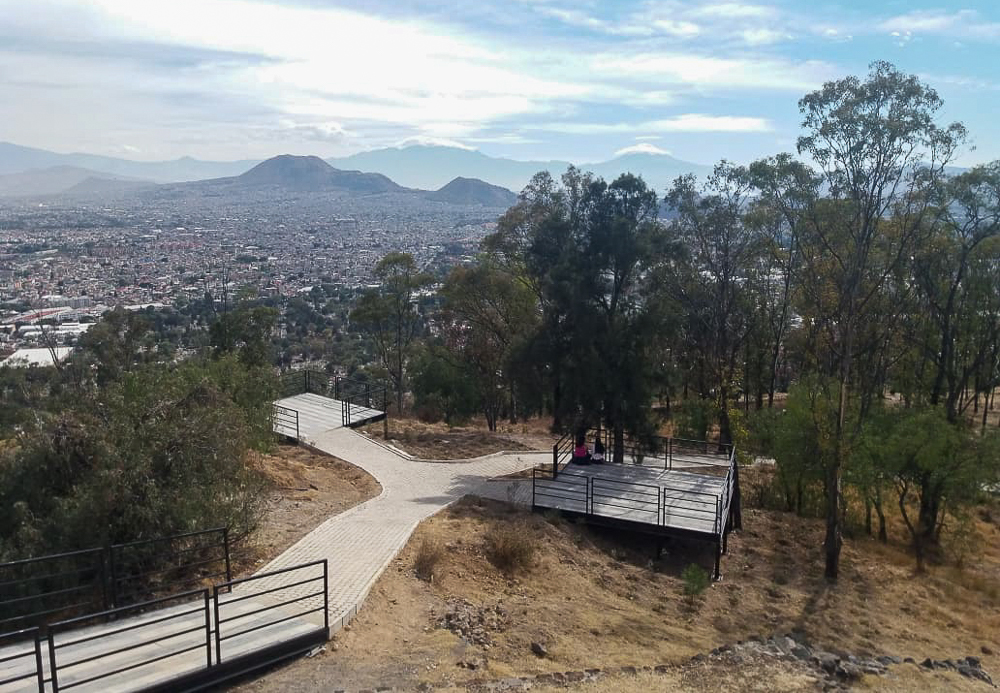
Eucalyptus in the Cerro de la Estrella
Photography: Gabriela Gutiérrez
In addition to the environmental impact that this generates, it is also observed that poor species selection causes damage to infrastructure (benches, wiring, walls, etc.) and instead of benefiting the population, they deteriorate the quality of public space, increase maintenance costs or put the inhabitants at risk. This shows the lack of knowledge and poor planning in the use of species, even today.
There is no doubt about the innumerable benefits of trees to move towards sustainable and equitable cities that we want in the future: vegetation can reduce ambient temperature by 2 to 8 degrees Celsius, increase air quality (a mature tree can absorb up to 150 kg of polluting gases per year), regulate the flow of water in the face of floods, reduce noise pollution, retain soils on slopes and improve the health of the population by providing recreational spaces.
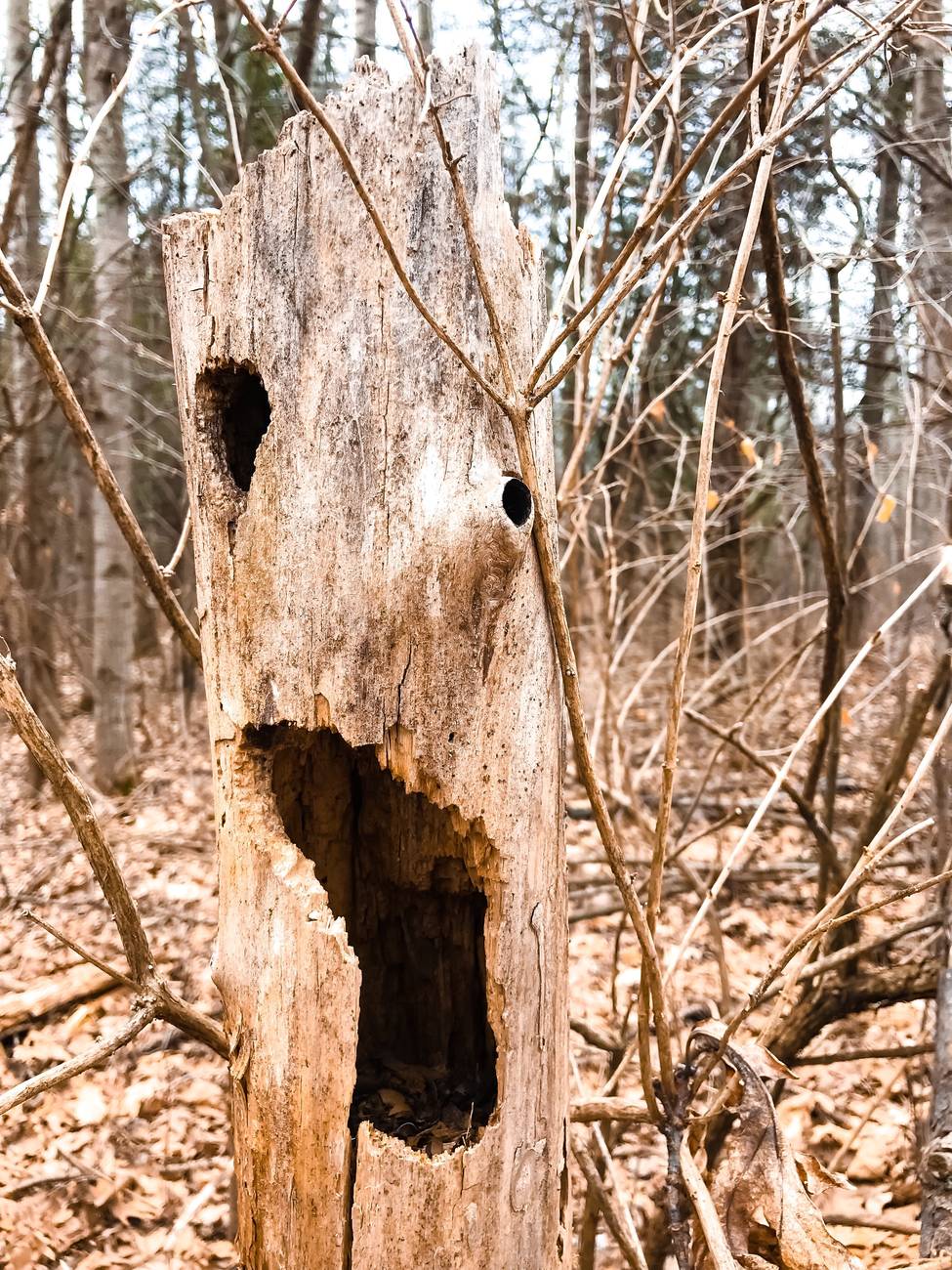
Trunk attacked by pests
Photography: Pexels.com
All of the above results in a reduction in public spending, however, recognizing the value of the diversity of species suitable for reforestation and their correct use in the right place requires, in addition to the knowledge of their reproductive biology and development, a change of perspective in the conception of cities and their landscape.
“The diversity of species suitable for reforestation, and their correct use in the right place, requires the knowledge of their reproductive biology and development”.
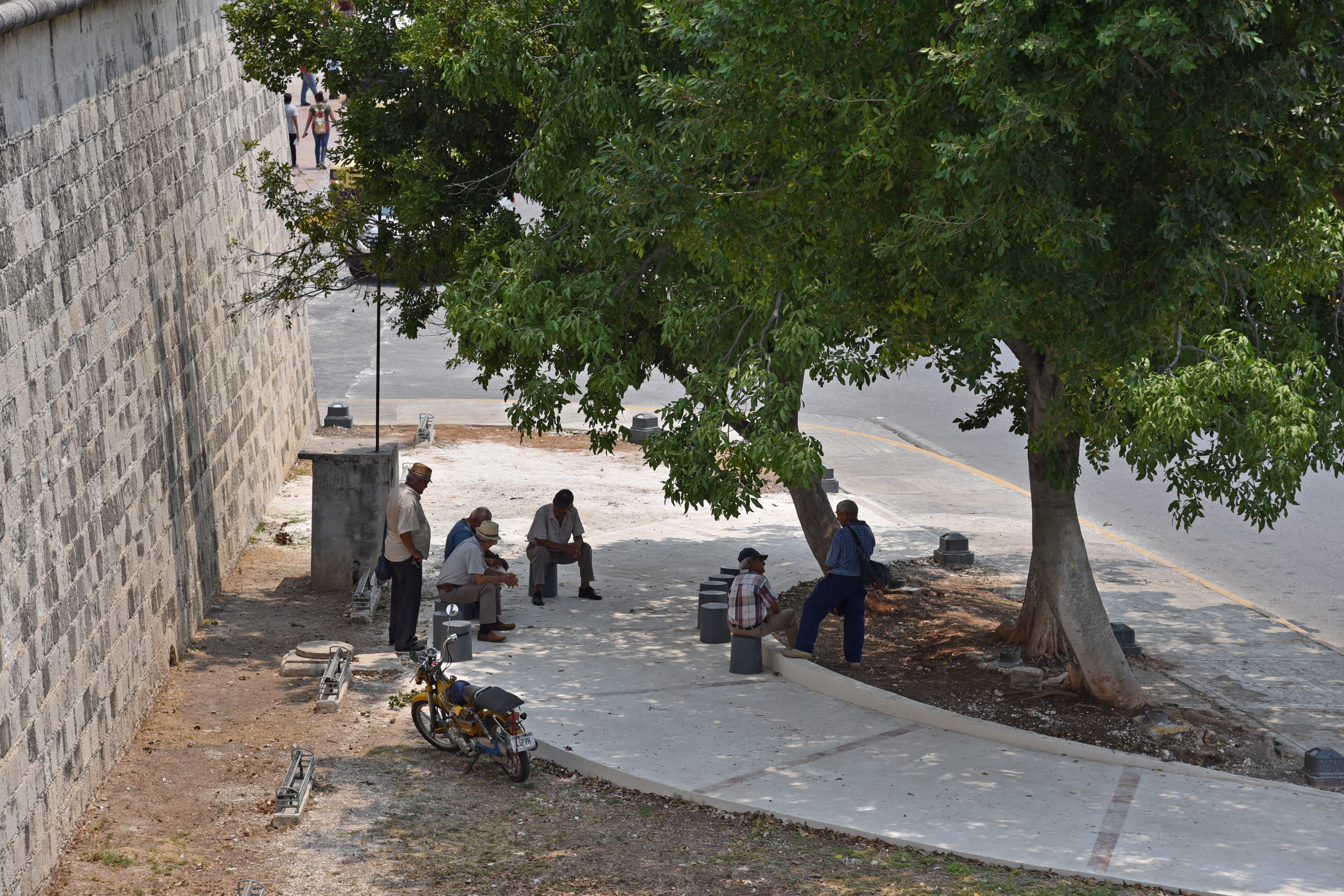
Enjoying the shade in Campeche, Mexico, approximate temperature of 33ºC
Photography: Gabriela Gutiérrez
Landscaping has fortunately evolved integrating social and environmental disciplines to help build sustainable urban spaces faithful to the culture, identity and native nature of each region. In the world there are already good examples of the proper reconfiguration of urban spaces adapted to local climate and geography.
Although there has been little exploration in Mexico, the field is open thanks to the numerous city funds; making the new interventions correctly depends to a large extent on the professionalism of those responsible of identifying the suitable characteristics of the trees and, of course, integrating a vision that is not purely aesthetic, but also cultural and environmental and that gives meaning to our own ways of living.
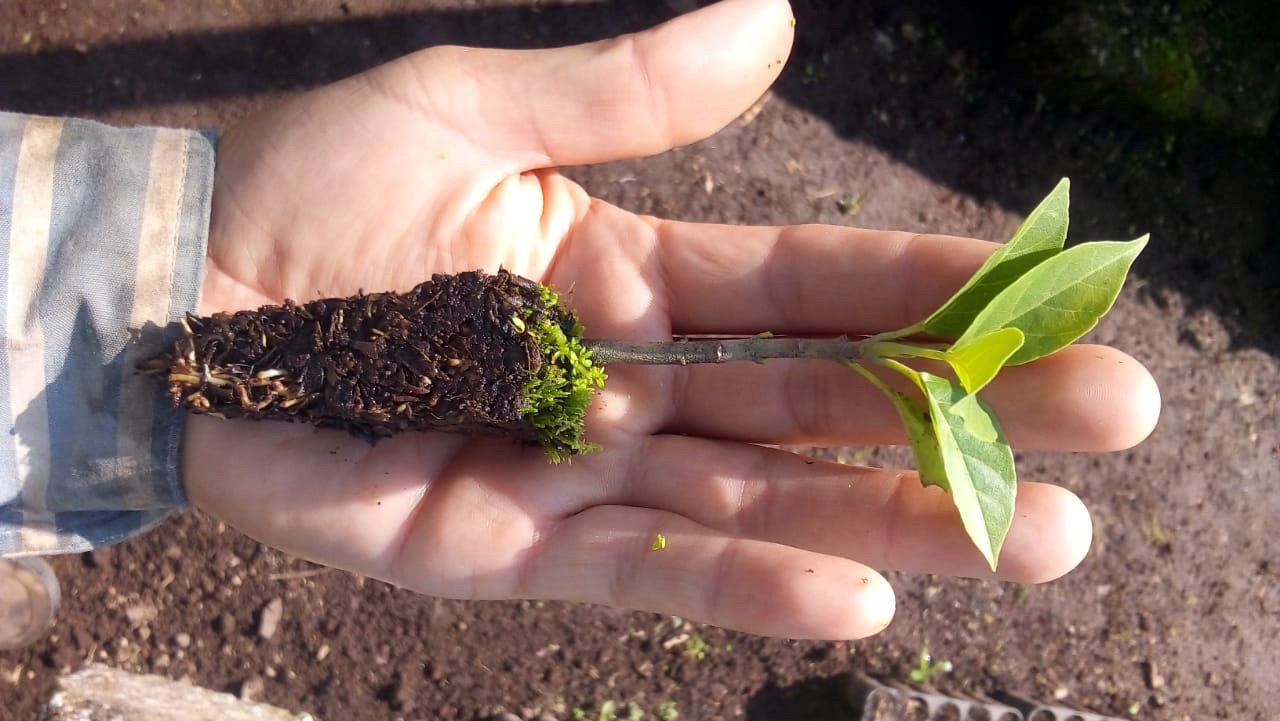
Seedling under development for urban reforestation and landscape use
Photography: Israel Gómez








